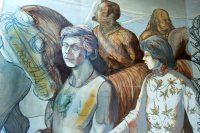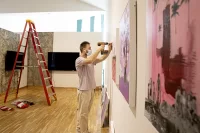
Dan Mills, director of the Bates College Museum of Art and lecturer in the humanities, retires from the college at the end of the fall semester.
He came to Bates in 2010 after serving as director of Bucknell’s Samek Art Gallery. In his 14 years at the museum, he has overseen dozens of exhibitions, encompassing multiple mediums and groupings of artists, including contemporary works by artists from Saudi Arabia as well as Native American and Black artists.
Many of the museum’s exhibitions in recent years have been drawn from the Bates collections that Mills helped to expand, including a memorable exhibition of Ashley Bryan works given to the museum by Henry Isaacs and Donna Bartnoff Isaacs, friends and neighbors of Bryan’s.
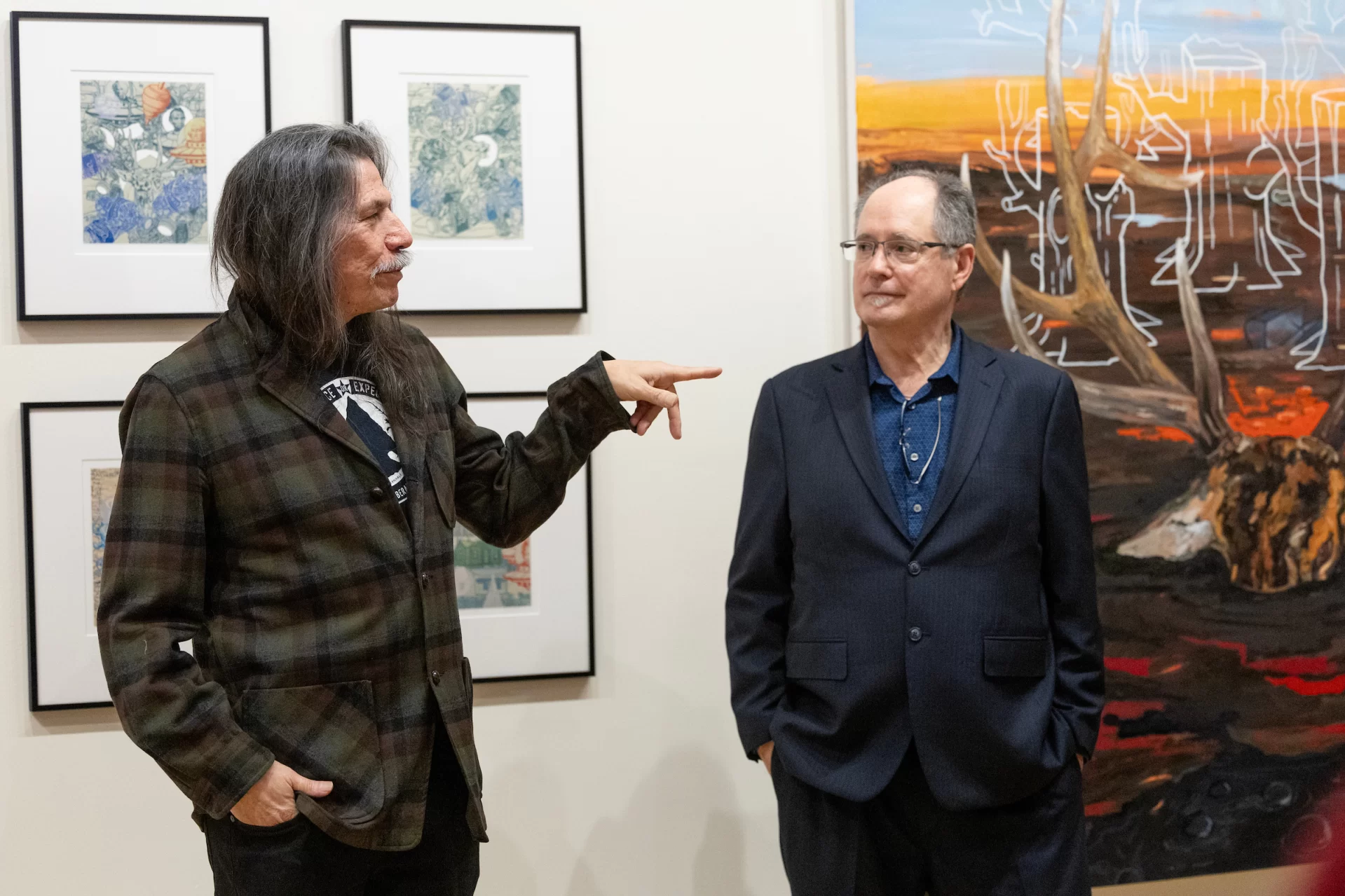
Mills is also an artist, whose paintings and works on paper explore his observations about historic and current events, using the conceptual space of maps within a wide variety of dimensions and mediums.
Once described by a critic as part of a group of “art agitators” in Maine, Mills has given much to the museum, which he describes as “small but mighty.” He has overseen an expansion of student engagement in the museum and brought dynamic artists to campus, including one, Vanessa German, who left such an impression that she later received an honorary degree from the college.
“Bates has been so fortunate to have Dan as its director of the Museum of Art,” said Vice President for Academic Affairs and Dean of the Faculty Malcolm Hill. “He’s been a keen observer of national trends and has organized exhibits involving emerging artists and topics of national interest. He has overseen many positive changes at the museum. He leaves behind a rich legacy.”
On the eve of his retirement, Bates News interviewed him about his many accomplishments.
Bates News: As you retire after 14 years at the Bates Museum of Art, what are the accomplishments you are most proud of?
Dan Mills: When I arrived, the museum had a fine reputation, but was understaffed and under-resourced. Since that time, the staff has doubled, endowments to the museum have grown exponentially, and the collection has increased by more than 2,000 objects.
This growth in staff and resources has made it possible to envision and implement a schedule of dynamic and compelling exhibitions, integrate them into academic disciplines across campus, and develop programs for campus and community audiences.
As an institution with an adventuresome exhibition program that focuses primarily on contemporary art, the art of our time — or, as I say to students, your time — the staff has constantly developed programming with visiting artists and scholars that create meaningful opportunities for students to meet and interact with them.
The exhibitions have not only been significant for Bates. Many have received regional, national, and international press, and many have traveled to other institutions. Exploding Native Inevitable, which opened at the museum last fall, is currently traveling to three distinguished museums across the U.S.
I am particularly proud of working with and implementing the Synergy Fund’s Diversify the Collection Program, resulting in the addition of numerous additional works that broadened the collection and made it more relevant across disciplines.
Those works include a sculpture by Vanessa German, who was featured in a solo exhibition, Miracles and Glory Abound. The program enabled us to bring her to campus to meet with students and present a performance to a full Olin Concert Hall. The following year German was awarded an honorary degree.
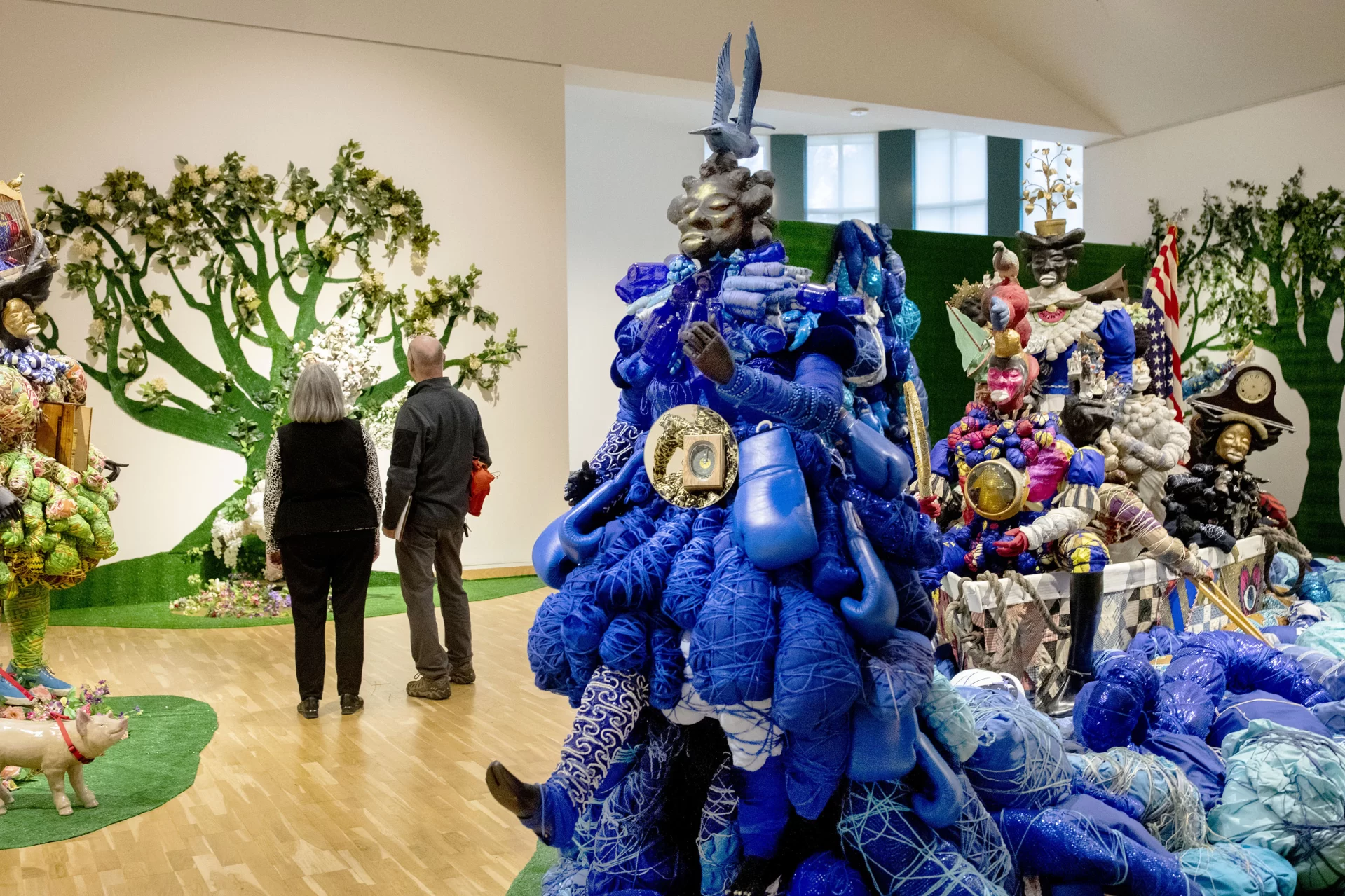
BN: One of your goals was to connect programming in the visual arts to students and faculty across many kinds of academic disciplines. There are students doing work in the museum all the time, probably every day of the week. Can you tell us about some of those connections across disciplines?
DM: The growth of both staff and resources I mentioned have also made it possible to significantly expand our internship program. It used to average around four academic students a year. Now we often have 10 to 15 annually, and are able to offer paid internships for advanced interns. These students participate in collection management, including assisting with accessioning acquisitions into the collection, and in curatorial and educational projects. This increased student involvement in the museum is gratifying.
One part of the role of the director is to be an arts advocate. The museum has accomplished this by expanding programs and partnerships that result in having art be part of our campus community’s lives through academic, cultural, and social programming. There are so many!

These programs change from semester to semester, based on courses offered, current exhibitions, and an increasing knowledge of the interdisciplinary research field that the art collection is. I’ve gotten to observe many aha moments. Those are those times when some level of academic/cultural understanding students have read about clicks in the museum. It’s often that direct experience with related artworks that generate those aha moments.
Within that wide range, I’m thinking about examples such as the student who became a museum intern and applied her coursework in digital and computational studies to the museum by developing a crowdsourced art collection metadata keyword project. Her goal was to help people find artworks in the collection in the public database.
We regularly have students from psychology courses use exhibitions for assignments related to human perceptions. There’s a Short Term course in Asian studies, “Philosophy of the Body,” that has used artworks from the collection to explore depictions of the human form.
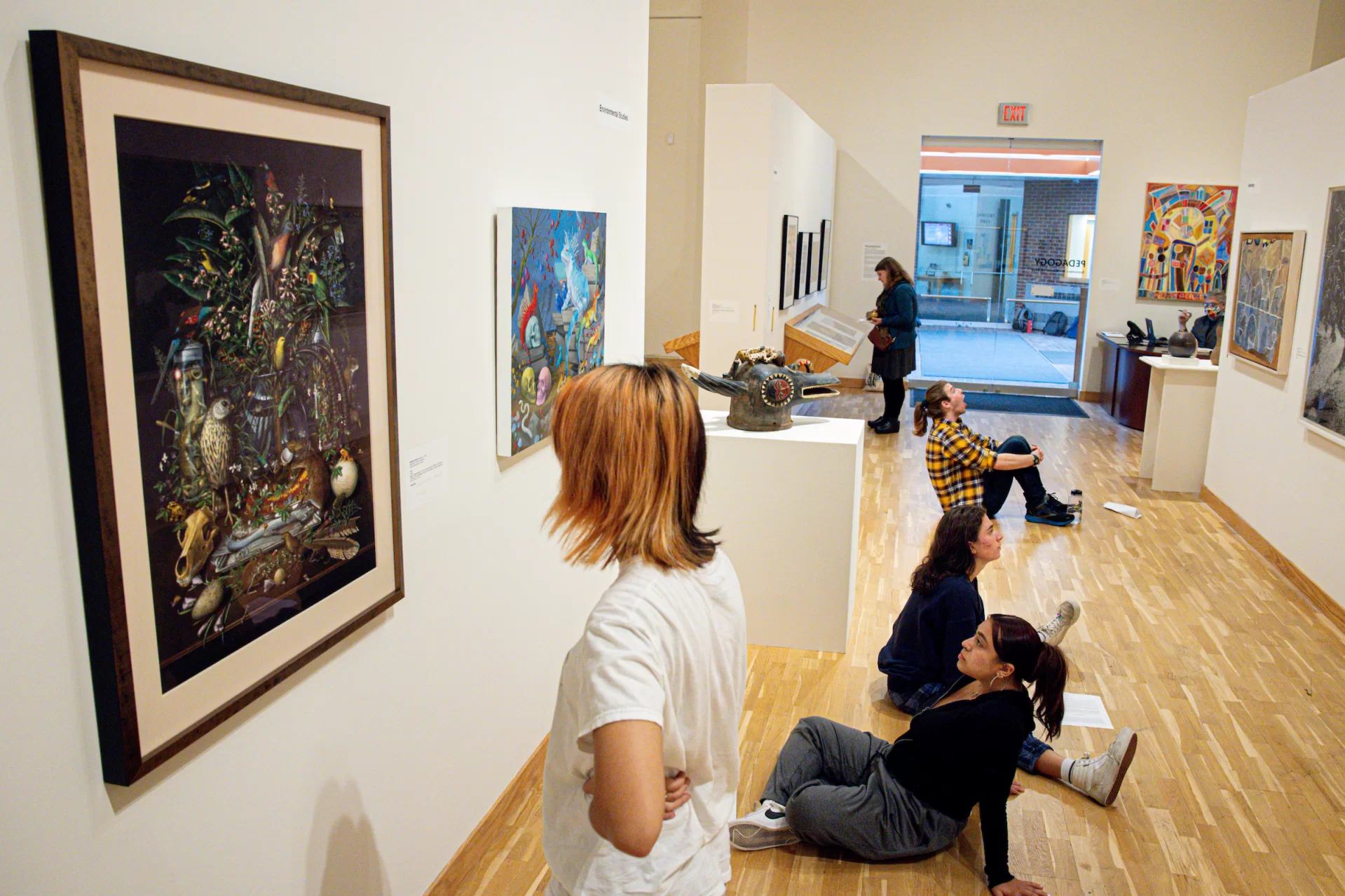
We’ve had student groups co-organize events, like the time the Muslim Students Association joined with students engaged in feminist issues to meet with visiting Saudi Arabian artists during the Phantom Punch exhibition.
Things that are always popular include student maker events, where students paint, collage, or make prints in a social setting. Once, the entire women’s rowing team attended a late-night painting event as a team-building activity! We’ve also partnered with the Multifaith Chaplaincy on slow looking and mindfulness programs focusing on works of art.
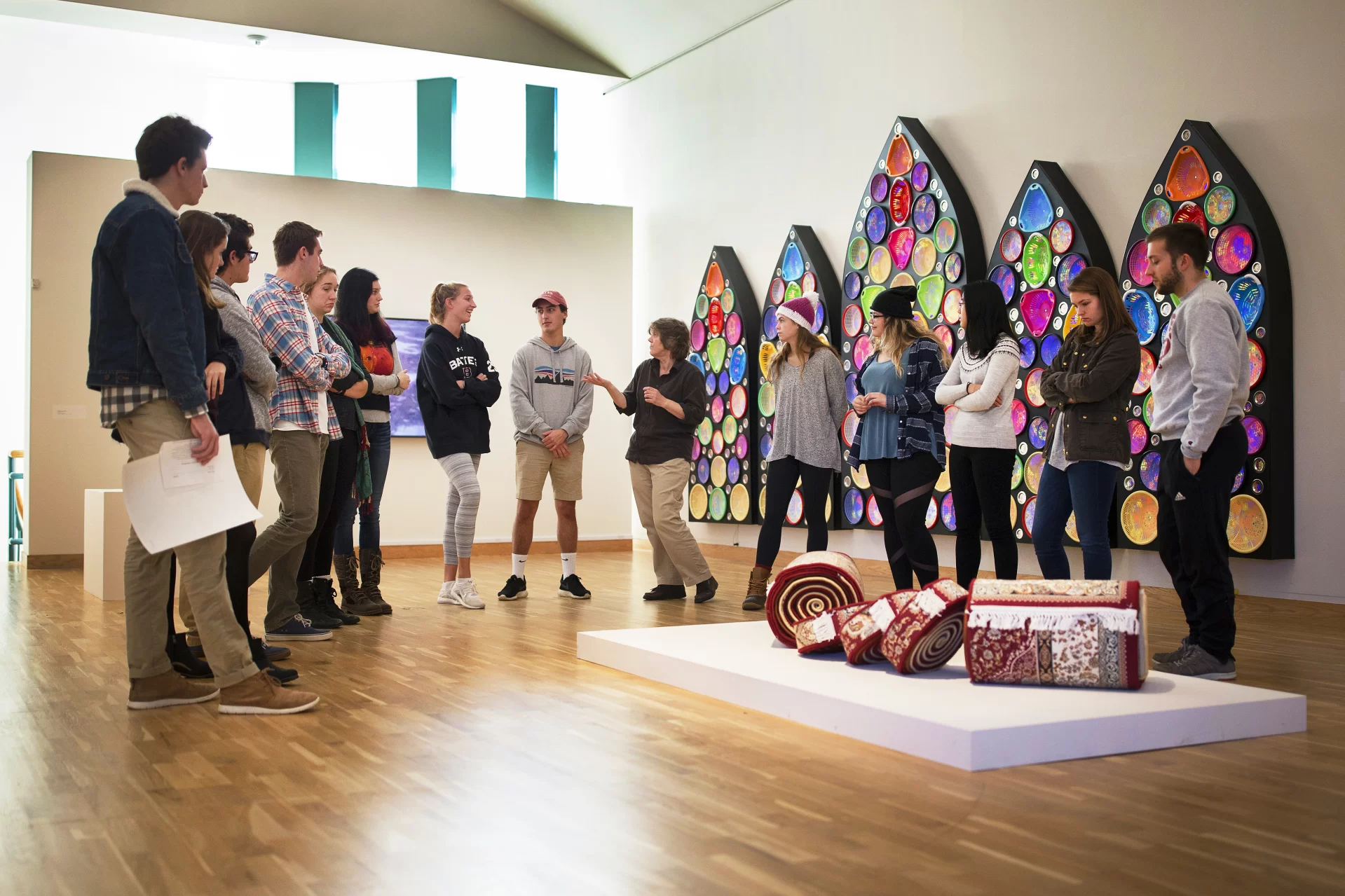
BN: The Bates Museum of Art has an incredible asset in the Marsden Hartley Memorial Collection, which includes the largest collection of his drawings anywhere.
The museum has presented seven Hartley-related shows since your arrival, including most recently, this year’s Hartley | Hopper: Drawings from Two New England Collections and in 2021, a collaboration with the Vilcek Foundation for Marsden Hartley: Adventurer in the Arts, which included a landmark Hartley painting, “Schiff,” 1915, that was being shown in the U.S. for the first time. You’ve also exhibited photographs by Hartley and of Hartley, and featured him with another Maine artist, Carl Sprinchorn.
It’s remarkable how many different approaches there are to looking at this artist’s body of work. Can you share thoughts about the significance of this collection to Bates, how your approach to it has changed over the years, and what you see as its future?
DM: Marsden Hartley is recognized as one of the foremost American modernists of the 20th century. He was born in Lewiston, and he and his family left many artworks and ephemera to the college starting in the 1950s. With over 100 of his artworks, mostly drawings, Bates has the largest collection of his work anywhere.
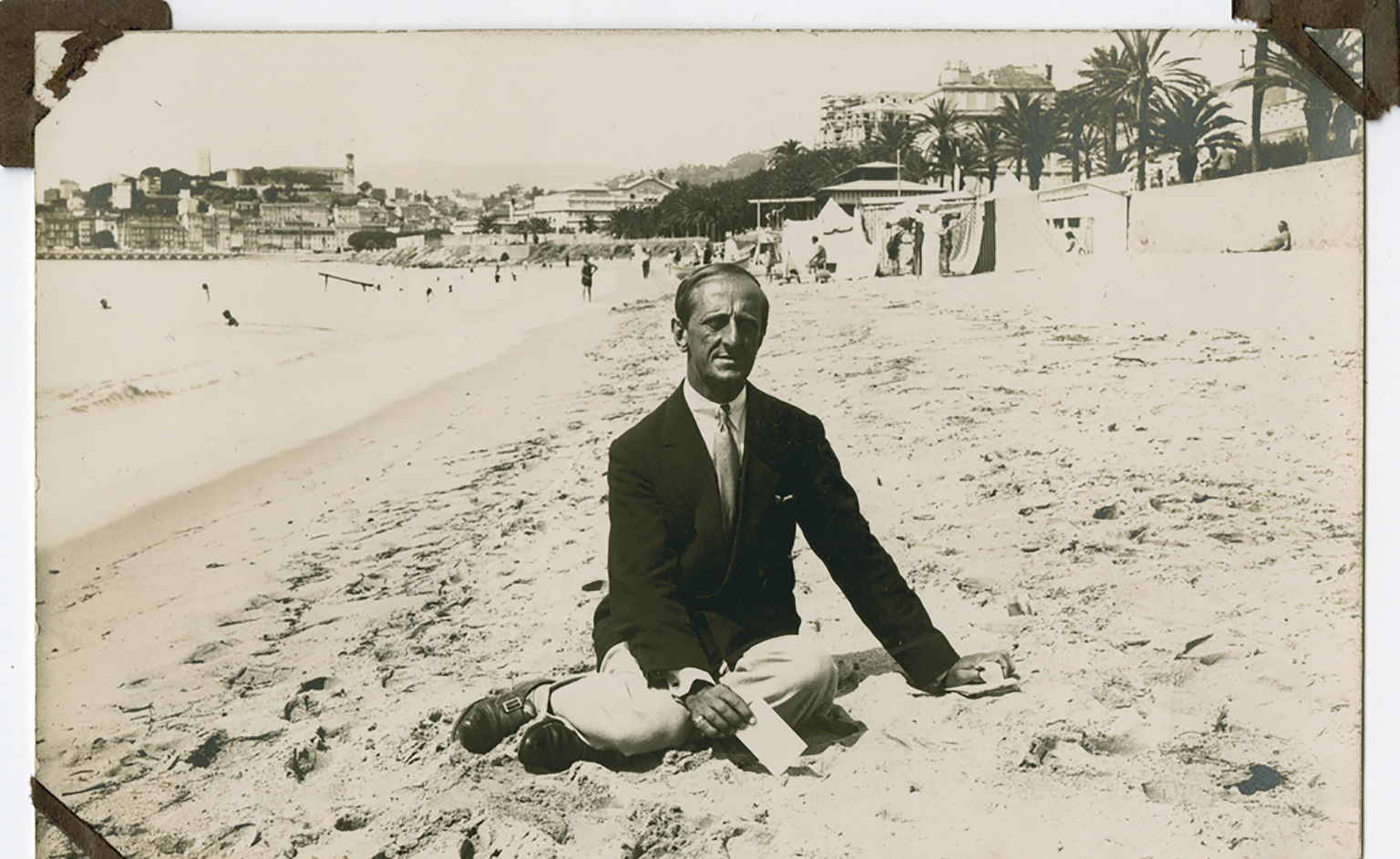
Curatorially, it is rewarding to find new topics to focus on within Hartley’s world. It has also been exciting to develop exhibitions with other artists, including contemporary artists whose work resonates with Hartley and illustrates his continued relevance.
In recent years, the museum has pursued and been fortunate to receive a number of significant grants related to the Hartley Collection. This included a $192,000 grant from the Mr. and Mrs. Raymond J. Horowitz Foundation, a 2016 Luce Foundation grant to support the management and cataloging of the collection, and a 2017 Coby Foundation grant to fund conservation of the textiles within the museum’s collection of Hartley ephemera.
Through these grants, we were able to hire Gail R. Scott to research, get the collection digitized, and make information available online. Through the Horowitz Foundation grant, we were also able to acquire a significant painting, “Intellectual Niece,” which depicts Hartley’s beloved Norma Berger, who was instrumental in the establishment of what would become the Hartley Collection, as well as several drawings. We were also able to do some necessary conservation work.
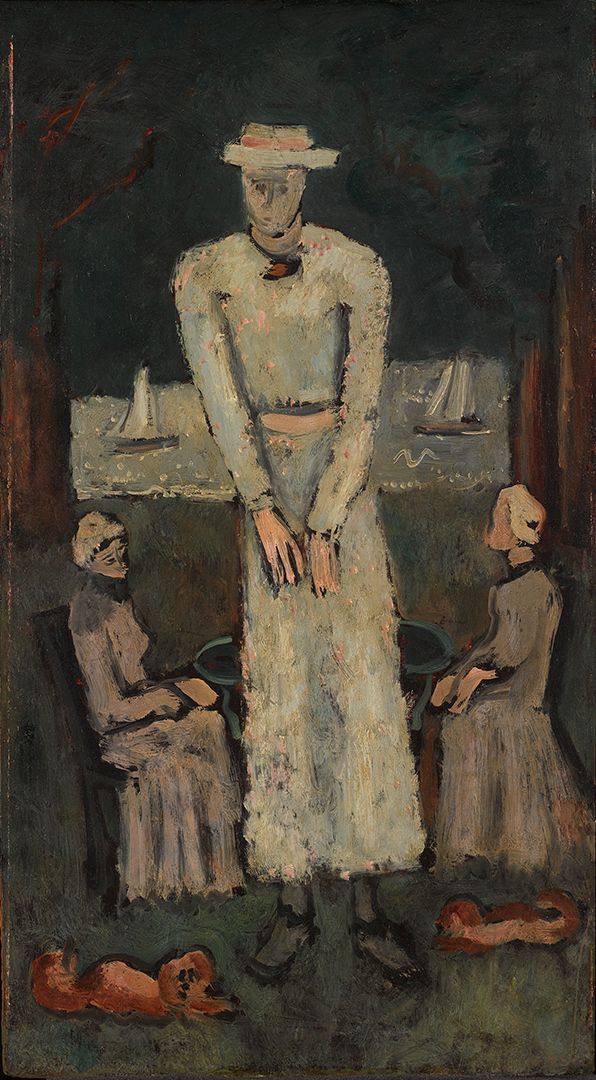
Finally, it allowed us to dream big, which led to developing, with Scott, the Marsden Hartley Legacy Project: The Complete Paintings and Works on Paper. This project is focusing on identifying, documenting, and researching every known Hartley work, and upon completion, will be the first comprehensive publication of his work connected to the museum and Bates. This work in progress is already available online. It’s now being supported by a $100,000 gift from the New York–based Vilcek Foundation, our partner for the 2021 exhibition Marsden Hartley: Adventurer in the Arts, and a $50,000 gift from the Wyeth Foundation for American Art. We’re in the homestretch with the Legacy Project, but are seeking grants of about $125,000 to finish it as well as a modest endowment to support its ongoing maintenance.
These have only been possible to pursue because of the increased capacity of the museum in recent years and the diligence of the museum staff and partners in College Advancement. Hartley is an artist of international stature. That this important collection is available for students to study, and that it is connected to the museum and college, is significant. It is such a treasure, and will be an important resource about this noted artist globally.
It is my hope that the Legacy Project continues to elevate wider recognition of the collection and that it attracts support to continue to grow. For example, the addition of significant Hartley paintings would greatly enrich the collection. Another possibility to build on this scholarly growth and momentum that I believe would be amazing for Bates students, Lewiston, and well beyond, would be the development of a committed gallery space and/or study center devoted to Marsden Hartley.
BN: Bates has this honored tradition of celebrating each year’s studio art majors with an exhibition at the Museum. It feels very special. What has that meant to you, to have this infusion of student art every spring?
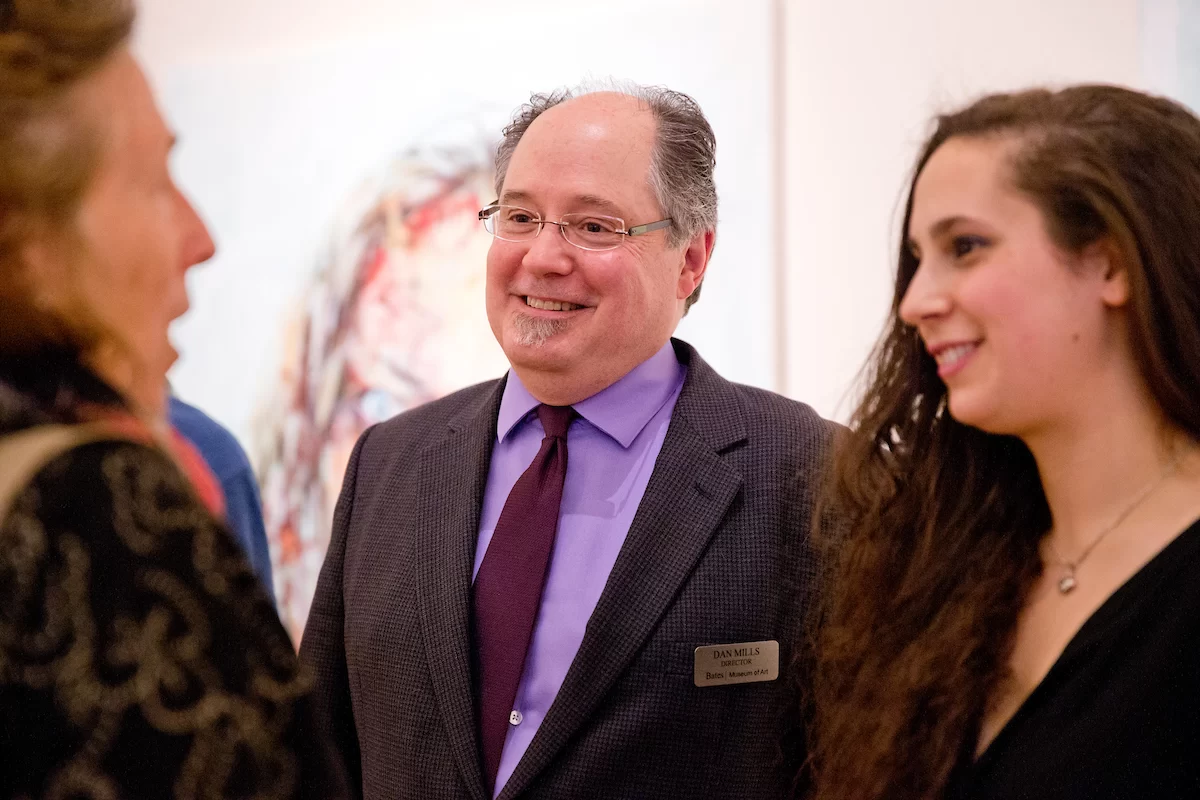
DM: The Senior Thesis Exhibition is such a highlight in the exhibition schedule every year. Students work with faculty in the Department of Art and Visual Culture and museum staff to develop an exhibition of their work, then learn and help apply best practices to their installations [here’s a look at the 2024 Senior Thesis Exhibition]. This is always an exciting process! Unlike other exhibitions, for which the work to be exhibited may be known well in advance, for the thesis exhibition, we sometimes don’t know until soon before it enters the museum, and each year’s exhibition is very different from the previous.
Seeing the students learn and grow during this process, and take pride in their first museum exhibition, and then have it celebrated at the opening with the hundreds of students, faculty, staff, family, and community, is such a pleasure.
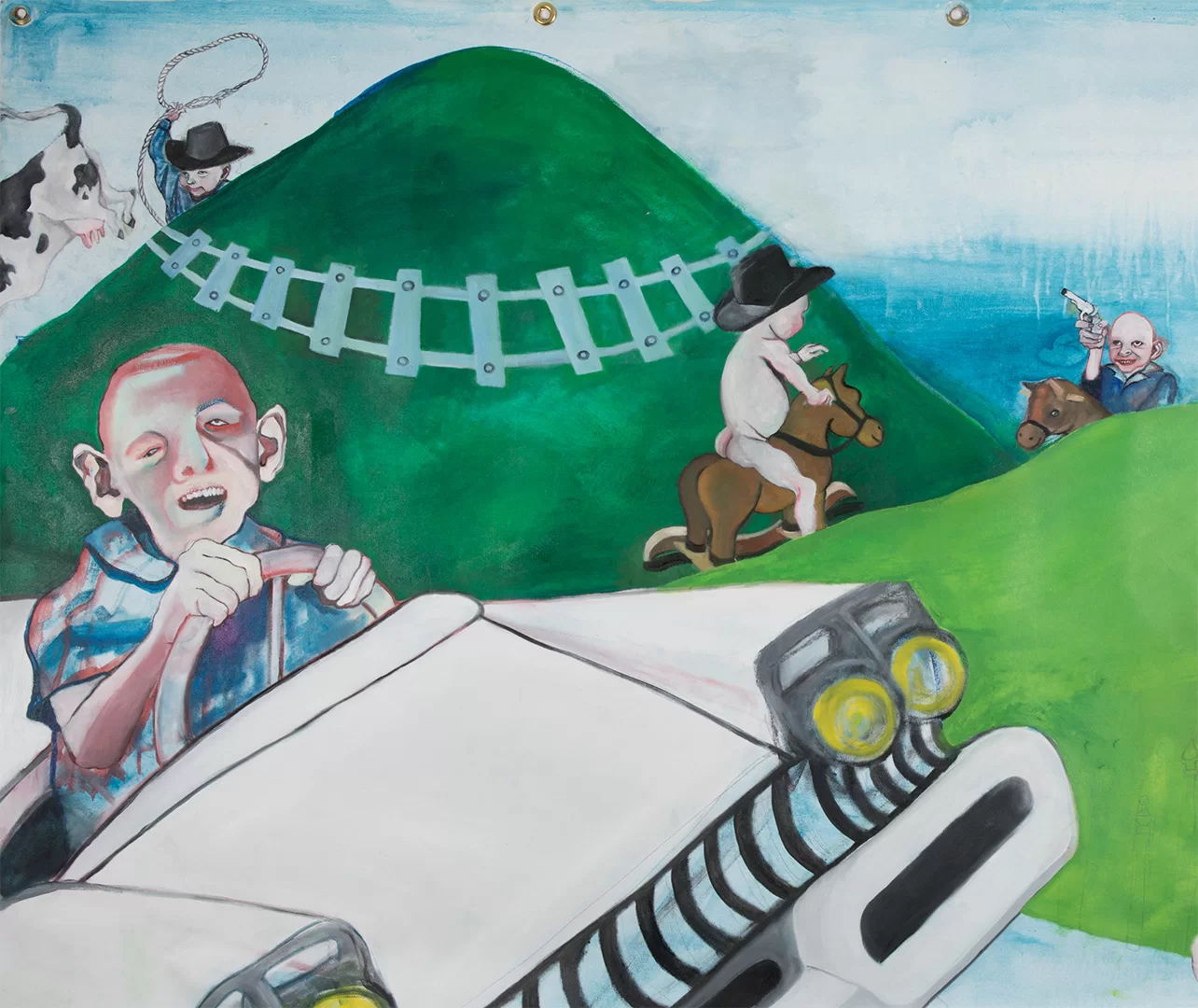
BN: How has the relationship the college has with the communities of Lewiston and Auburn impacted your work at the museum? Haven’t you and your staff done a lot of educational programming with local schools?
DM: The museum has a long tradition of developing programming for the surrounding communities, particularly K–12. With the addition of a second educator and endowments that support outreach programs, the museum has been able to build on this.
We’ve developed and held classes for entire grades of area schools, where students are given a guided tour of an exhibit, followed by a workshop where they make art related to the works they’ve viewed. Museum staff have served as guest classroom teachers in area schools.
We host lifelong learning programs including weekly life drawing sessions, regular museum tours for groups from assisted living and retirement communities, student art club tours and workshops, and an annual parent-child printmaking workshop on campus.
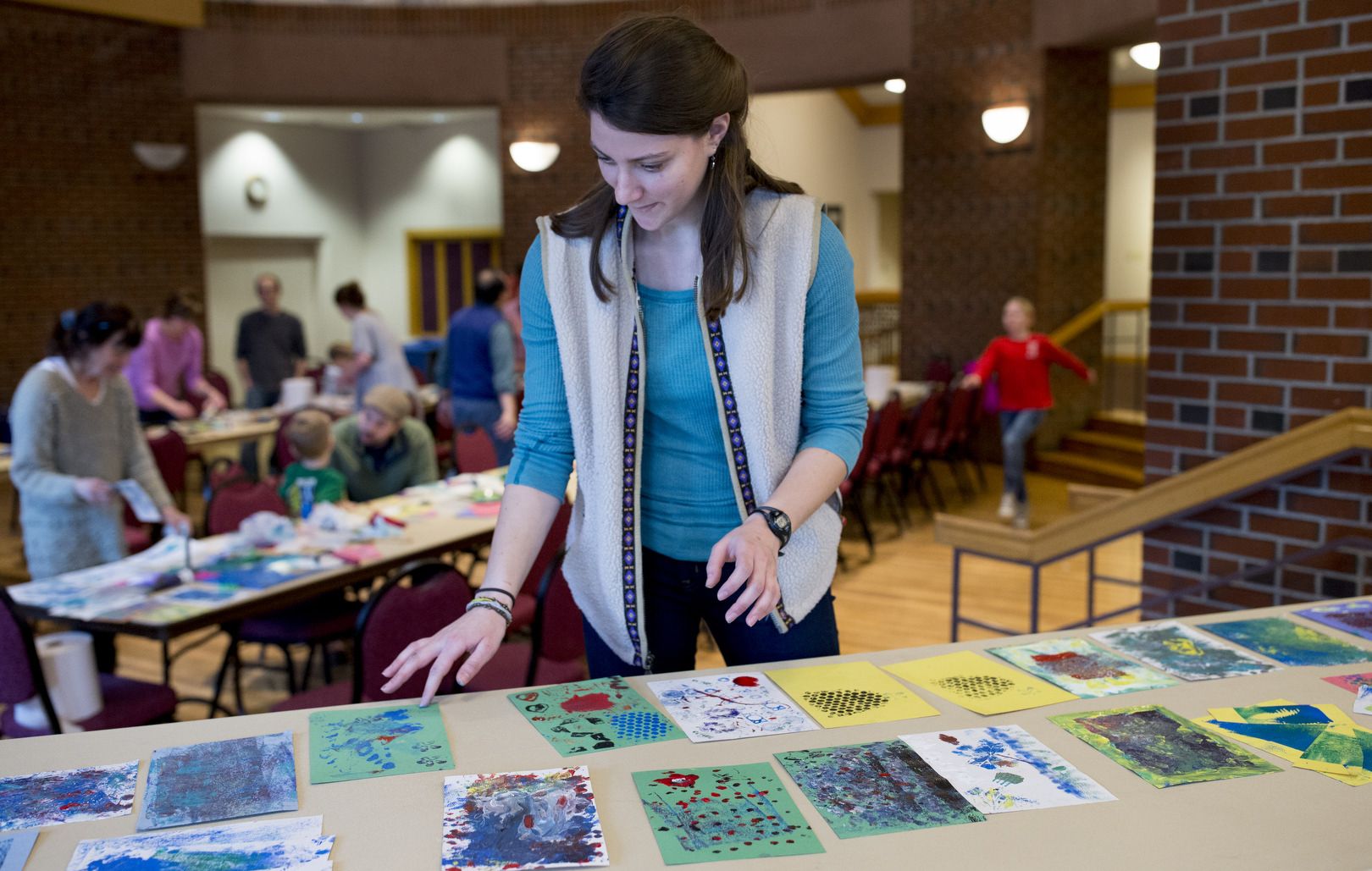
We’ve also expanded our website with resources and features such as the museum podcast and educational platforms including the Thousand Words Project; these resources serve our immediate community and beyond.
BN: You’ve made some notable acquisitions in your time at the Bates Museum of Art. I’m thinking, for instance, of the Henry Isaacs and Donna Bartnoff Isaacs gift of many works by Ashley Bryan. You probably don’t want to name a favorite, but can you tell us about your top five acquisitions?
DM: I’m always stumped by this type of question. I’m often asked about favorite exhibitions as well. My usual answer is the next exhibition — the one I’m immersed in thinking about, researching, looking. Regarding the collection and acquisitions, rather than a top five, here are some collections and individual works that I’m particularly pleased are in the collections.
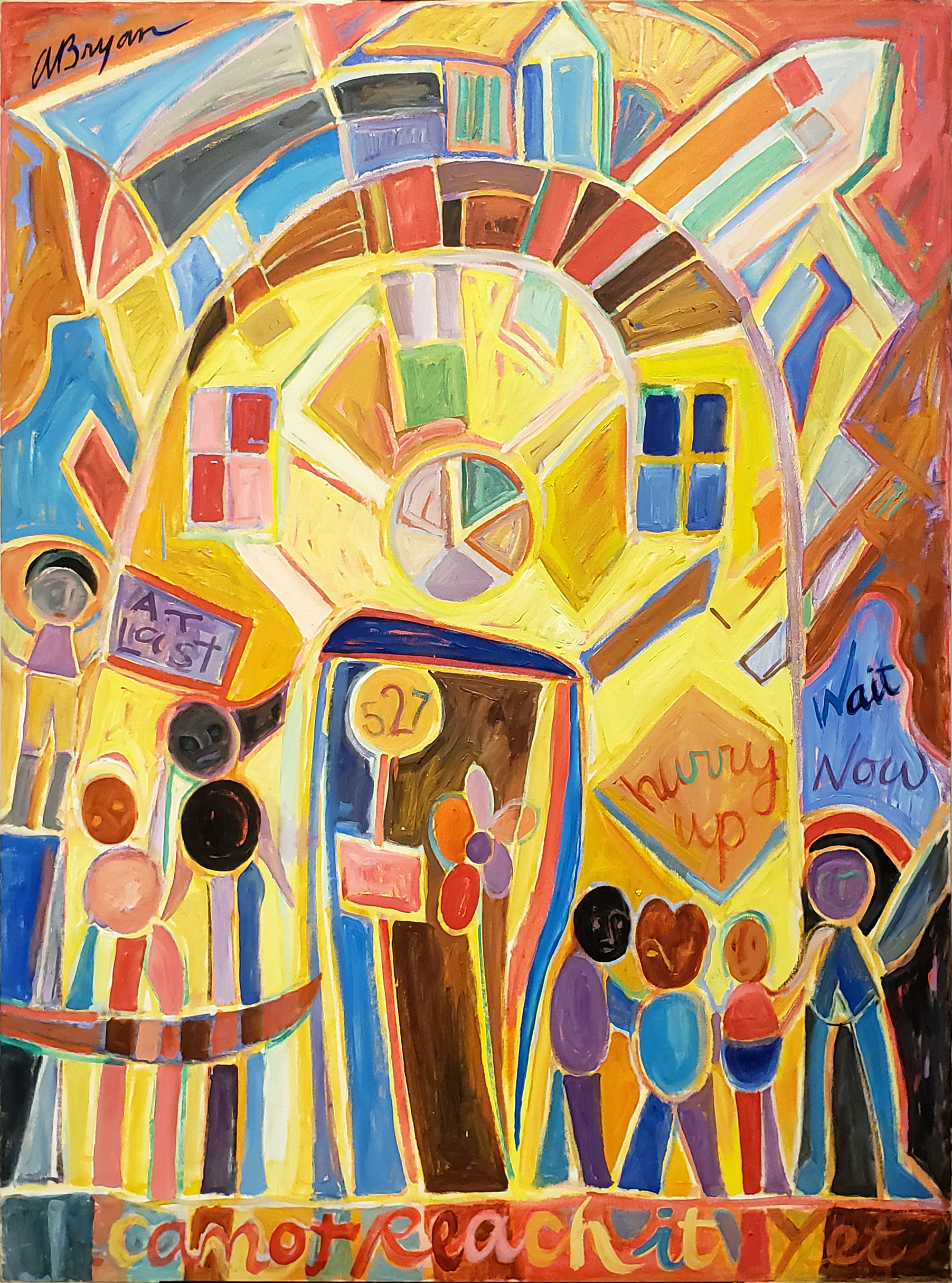
- Ashley Bryan Collection, over 50 works by the late African American artist (1923–2022), recognized as one of Maine’s cultural treasures for his paintings, prints, illustrations, puppet making, authorship of books, and storytelling. Collection highlights include many stunning paintings, collages for his renowned book Beautiful Blackbird, and numerous prints.
- Barbara Morris Goodbody Photography Collection, over 125 photographs that represent the themes of empathy and compassion. Goodbody is a Bates parent, photographer, and philanthropist, and her gift was accompanied with a generous endowment for the museum.
- Carl Benton Straub Collection, over 100 artworks that represent his belief in arts’ ability to enable understanding of one’s place in the world, and invite us to look critically at our environment and landscape. Straub, who was a revered and influential Bates scholar, teacher, and academic leader, accompanied his gift with a generous endowment for the museum.
- Jane Costello Wellehan Collection, nearly 100 paintings, ceramic vessels, baskets, drawings, photographs, and prints with a focus on artists connected to Maine. This collection strengthens our holdings of noted artists who live or work in the state. Wellehan, who was class of 1960, comes from a long line of family members who attended Bates, and her gift was accompanied by a generous endowment for the museum.
- Collection of Shaman art from Vietnam and southern China, one of very few in the U.S. This was developed in partnership with Trian Nguyen, an associate professor of art and visual culture, who has conducted research on the collection, taught it in his classes, and developed into a foremost scholar in this area.
BN: What would you tell your successor about the work of running the museum? Any quirks, any lingering ambitions, any advice?
DM: The museum is small but mighty! We consistently develop original and compelling exhibitions and related programs that have significant influence on campus and well beyond. There are so many potential partners on campus to develop programming ideas with, from faculty across disciplines to students interested in learning from and participating in the work of the museum.
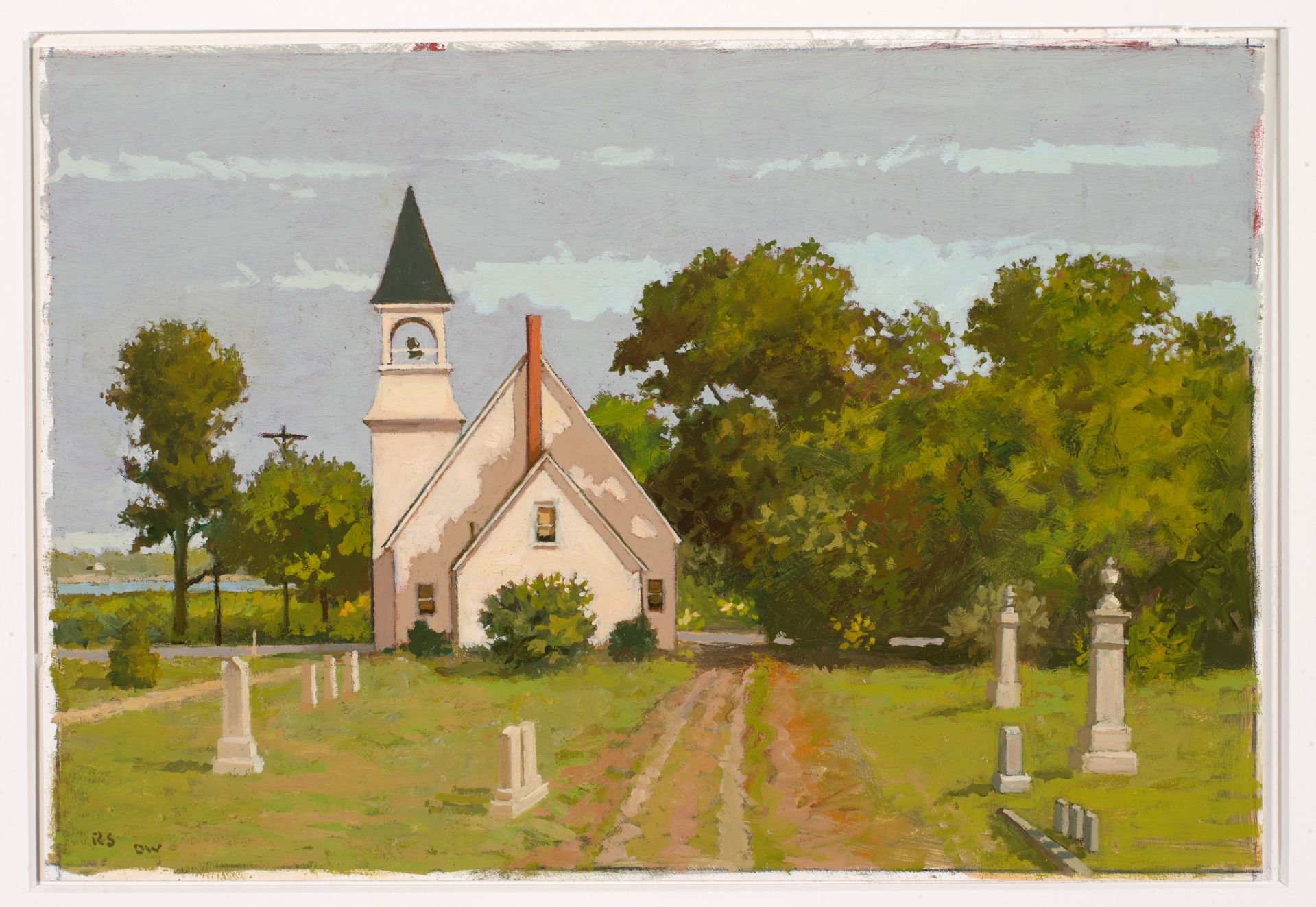
Faculty and students are remarkable partners and resources, and it has been rewarding to work closely with both on many projects. And the museum has developed a national reputation in the academic museum field, positioning us to develop partnerships that greatly benefit Bates and its students.
The museum is the one cultural center at Bates that is open twelve months a year, six days a week including evening and weekend hours. It is free and open to the public.
As the collection, the staff, and significance of exhibitions has grown substantially, we are bursting at the seams! In 2022, the college replaced a 1980s-era HVAC system with a far more energy-efficient system. That’s enabling us to protect the collection.
“I have loved what I do: working with art, artists, and art scholars, and connecting them to students and other audiences.”
But the next area of growth needs to be bricks and mortar. Campus and community would benefit with the addition of collections galleries. We have more than 8,000 works and objects in our collection, and I wish they were accessible. Classes frequently study art in the collection but would benefit with the addition of a collection study room and galleries that support student scholarship and curatorial work. I like to imagine a complex that includes open study and storage! The education program needs a classroom and makerspace to better serve Bates and community students and classes.

BN: Do you have plans for retirement you’d be willing to share? You’re a working artist of course, should we be expecting you to head back into the studio full time?
DM: I have loved what I do: working with art, artists, and art scholars, and connecting them to students and other audiences. Much of my career has been presenting and promoting the work of other artists. I have learned so much from this, and have become acquainted with so many remarkable artists. It has taken time away from my work.
The museum has had a good run the last 15 years, and I’d like to think I’m leaving the museum in a better place. But yes, I’m ready to devote more time to my work and career.

